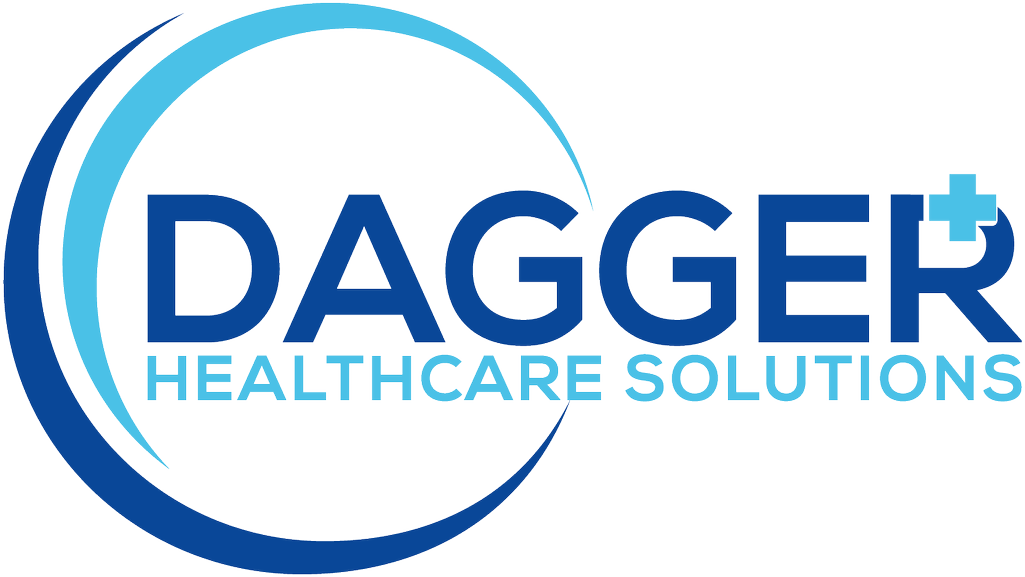Quality Reporting Changes
You spend countless hours buried in quality reports, only to feel like you’re spinning your wheels. But what if there was a way to cut through the chaos and focus on what truly matters—improving patient care? Enter the CMS Advisory Committee 2025, your new ally in streamlining reporting tasks. This isn’t just another update; it’s a chance to simplify your compliance strategy and reclaim your time. Read on to discover how these changes could revolutionize your approach to quality reporting.## Understanding CMS Advisory Committee 2025

The CMS Advisory Committee 2025 marks a significant shift in healthcare quality reporting. This section explores the committee’s role and its impact on reporting practices.
Role of the Advisory Committee
The CMS Advisory Committee 2025 serves as a guiding force for healthcare organizations navigating quality reporting requirements. Its primary function is to streamline and optimize reporting processes, ensuring they align with the evolving healthcare landscape.
Composed of healthcare experts, administrators, and policymakers, the committee collaborates to develop recommendations for improving quality reporting systems. Their goal is to reduce administrative burden while maintaining high standards of care.
By analyzing current reporting practices and identifying areas for improvement, the committee aims to create a more efficient and effective reporting framework. This approach helps healthcare providers focus more on patient care and less on paperwork.
Impact on Quality Reporting
The CMS Advisory Committee 2025 is set to transform quality reporting in healthcare organizations across the nation. Its recommendations are expected to simplify reporting processes and enhance the relevance of collected data.
One key impact is the reduction of redundant reporting requirements. The committee has identified overlapping measures and is working to consolidate them, saving time and resources for healthcare providers.
Another significant change is the shift towards outcome-based metrics. This move aligns with the broader healthcare industry trend of focusing on patient outcomes rather than process measures.
The committee’s work also aims to improve data interoperability, making it easier for healthcare organizations to share and analyze quality data. This enhancement supports better decision-making and care coordination across the healthcare system.
Streamlining Quality Reporting

The CMS Advisory Committee 2025 is dedicated to simplifying quality reporting processes. This section delves into the specific changes being implemented to achieve this goal.
Simplifying MIPS Requirements
The Merit-based Incentive Payment System (MIPS) is undergoing significant changes to simplify its requirements and reduce the reporting burden on healthcare providers.
The CMS Advisory Committee 2025 has recommended a reduction in the number of quality measures required for reporting. This change allows healthcare organizations to focus on metrics that are most relevant to their patient populations and specialties.
The committee has proposed a more flexible scoring system that takes into account the unique challenges faced by different types of healthcare providers. This approach aims to create a more equitable assessment of quality performance.
The simplified MIPS requirements also include clearer guidelines and improved resources to help providers understand and meet reporting obligations. These changes are designed to make compliance more achievable for all healthcare organizations, regardless of size or resources.
Focus on Meaningful Metrics
The CMS Advisory Committee 2025 is shifting the focus of quality reporting towards more meaningful metrics that directly reflect patient outcomes and care quality.
This new approach prioritizes measures that have a strong correlation with improved patient health and satisfaction. By focusing on these high-impact metrics, healthcare providers can better align their quality improvement efforts with patient needs.
The committee has also recommended the inclusion of patient-reported outcome measures (PROMs) in quality reporting. These metrics provide valuable insights into the patient experience and can help identify areas for improvement in care delivery.
Furthermore, the new framework emphasizes the importance of risk-adjusted metrics. This approach ensures that healthcare providers are evaluated fairly, taking into account the complexity of their patient populations.
Preparing for Compliance Changes

As the CMS Advisory Committee 2025 implements new quality reporting guidelines, healthcare organizations must adapt their processes. This section outlines strategies for preparing for these changes.
Reviewing Current Quality Data Processes
To prepare for the new quality reporting requirements, healthcare organizations should conduct a thorough review of their current data collection and reporting processes.
Start by assessing the alignment of your current quality measures with the new CMS guidelines. Identify any gaps or redundancies in your reporting practices.
Next, evaluate your data collection methods. Ensure they are efficient and accurate, capable of capturing the new metrics required by the CMS Advisory Committee 2025.
Consider implementing or upgrading your quality management software to streamline data collection and reporting. This investment can save time and reduce errors in the long run.
Lastly, review your staff training programs. Ensure that all relevant personnel are up-to-date on the latest quality reporting requirements and best practices.
Engaging Teams in Proactive Planning
Preparing for the new quality reporting requirements requires a collaborative effort across your organization. Engaging your teams in proactive planning is crucial for successful implementation.
Form a cross-functional team dedicated to overseeing the transition to the new reporting framework. Include representatives from clinical, administrative, and IT departments to ensure comprehensive planning.
Develop a clear communication strategy to keep all staff informed about the upcoming changes. Regular updates and training sessions can help maintain engagement and reduce resistance to change.
Encourage feedback and suggestions from frontline staff. Their insights can be valuable in identifying potential challenges and developing practical solutions.
Consider conducting pilot programs to test new reporting processes before full implementation. This approach allows for fine-tuning and helps staff become familiar with the new requirements.

